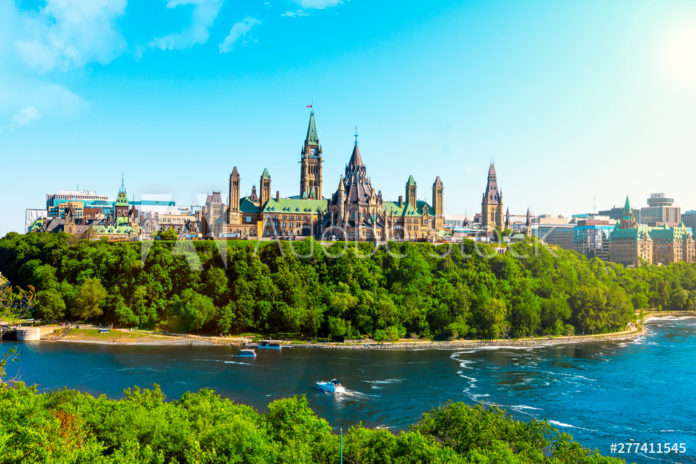
Canada’s federal government says immigration will be an important ‘driver of economic growth’ during the COVID-19 crisis recovery, reaffirming its commitment to bringing in new permanent residents.
In the Speech from the Throne to open a new session of parliament on September 23, Governor General Julie Payette said immigration helps ‘keep Canada competitive on the world stage’.
The speech was the clearest indication yet that Ottawa plans to ramp up immigration levels once pandemic-related travel restrictions can be lifted.
Read More
Canada’s Coronavirus International Travel Restrictions Extended to End of September
Canada Adds Nearly 420,000 Jobs in July to Continue Coronavirus Recovery
All the Ways Canada is Helping International Students Hit by Coronavirus Crisis
All eyes now are on Prime Minister Justin Trudeau’s mandate letter to Immigration Minister Marco Mendicino, outlining the Liberal action plan for the coming months.
Mendicino must also deliver a new immigration levels plan to parliament, set to take place in late October or early November.
“Immigration remains a driver of Canada’s economic growth,” Payette said on Wednesday.
She added: “As part of both the short-term economic recovery and a long-term plan for growth, the government will leverage the advantage we have on immigration to keep Canada competitive on the world stage.”
Video: Watch the Speech from the Throne
The speech came at a time when Canadians are nervously watching case numbers amid the start of the second wave of COVID-19.
Canada’s plan to welcome 342,000 new immigrants in 2020 has been decimated by the crisis, reducing the number of new permanent residents to 117,000 as of the end of July, compared to the 197,000 welcomed in the first seven months of 2019.
With case numbers rising in Canada again, it is unlikely international travel restrictions – including the closure of the Canada-U.S. border – will be lifted any time soon.
It means immigration levels are likely to be significantly below the plan laid out by Mendicino in early March, just days before the full-scale health crisis took hold in Canada.
But, where countries like the U.S. have used the pandemic as a reason to clamp down on immigration, Canada has remained as open as possible.
‘An Opportunity’
Payette described the current global climate as ‘an opportunity’.
“With other countries rejecting global talent that could help their economy, Canada has an opportunity as we recover to become the world’s top destination for talent, capital, and jobs,” she told parliament.
“When people choose Canada, help build Canada, and make sacrifices in support of Canada, we should make it easier for them to formally become Canadian.”
Much of the central content of Trudeau’s previous mandate letter to Mendicino has been delayed by the COVID-19 pandemic.
The Liberals had grand plans to introduce a Municipal Nominee Program and abolish the Canadian citizenship fee, but neither has come to fruition thus far.
How far they have been pushed down the agenda will becoming clear as Ottawa sets out its immigration plan in the coming months.

